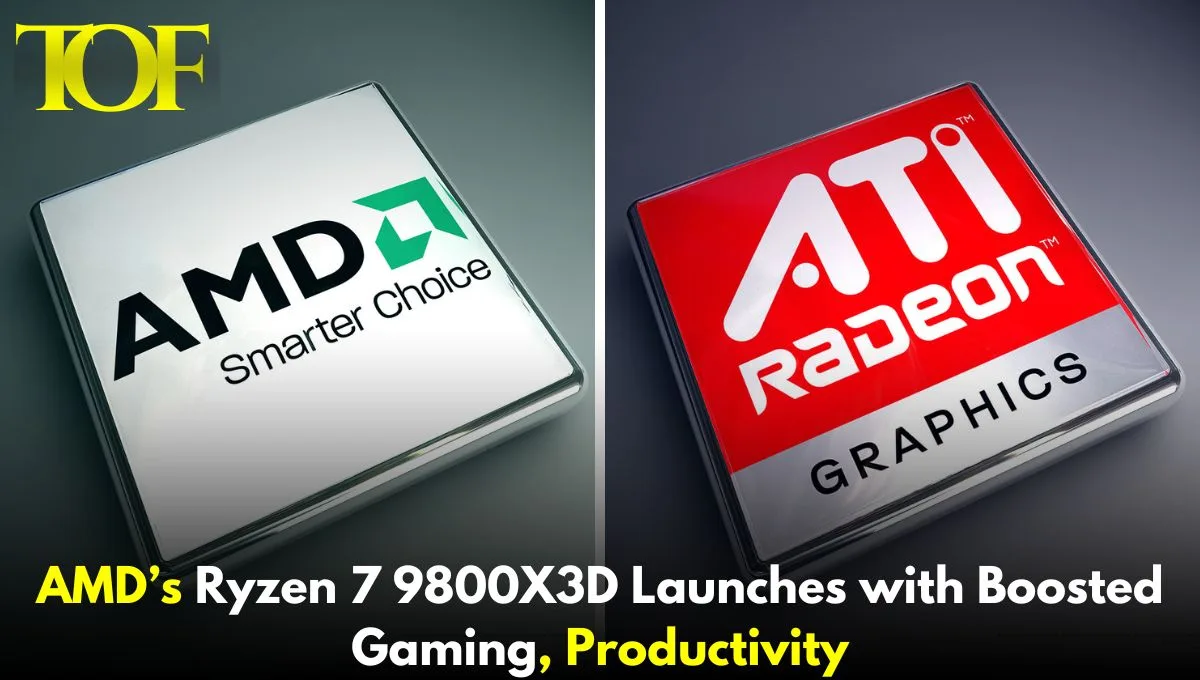AMD has dominated gaming CPU performance for over two years thanks to its X3D processors. Today, it takes the next step with its Ryzen 7 9800X3D, a $479 chip based on Zen 5 architecture. This might just look like some of the highest gaming-related performance promises coming from the chip, as much as one will improve day-to-day and creative workflows.
Not only does the new 9800X3D deliver gaming performance that’s 8% faster than its predecessor, but the Ryzen 7 7800X3D, and presents more general productivity improvements. AMD’s advancements are mainly due to a second-generation 3D V-Cache technology now below the CPU cores. That design enhances thermal efficiency and allows for more clock speeds: 500 MHz more in the base speed and another 200 MHz in boost speed. All this translates to a 20% increase in single-threaded performance and 27% in multi-threading.
But that is not the case in gaming benchmarks. The scores of Ryzen 7 9800X3D are poor compared to Intel’s newest Core Ultra 9 285K. Tests prove 9800X3D is 8% faster than 7800X3D in games, but in titles like Cyberpunk 2077 and Metro Exodus, the 9800X3D does seem to pull a lead, sometimes to the tune of 50% over Intel’s competing chips. For creators, it matters: Photoshop PugetBench scores leaped 18%, and Premiere Pro performance was up 10%.
Obviously, in the 9800X3D, AMD manages to get a complete balance for both the gamer and the creator. The launch focuses on the strength that AMD has been indicating improvement in efficiency, power, and managing thermal stress. Therefore, this strengthens its position as a market leader in providing high-performance desktop CPUs. With the Ryzen 7 9800X3D, AMD has set a new benchmark performance for games and narrowed the gap with Intel in productivity.
To Read More: Technology

